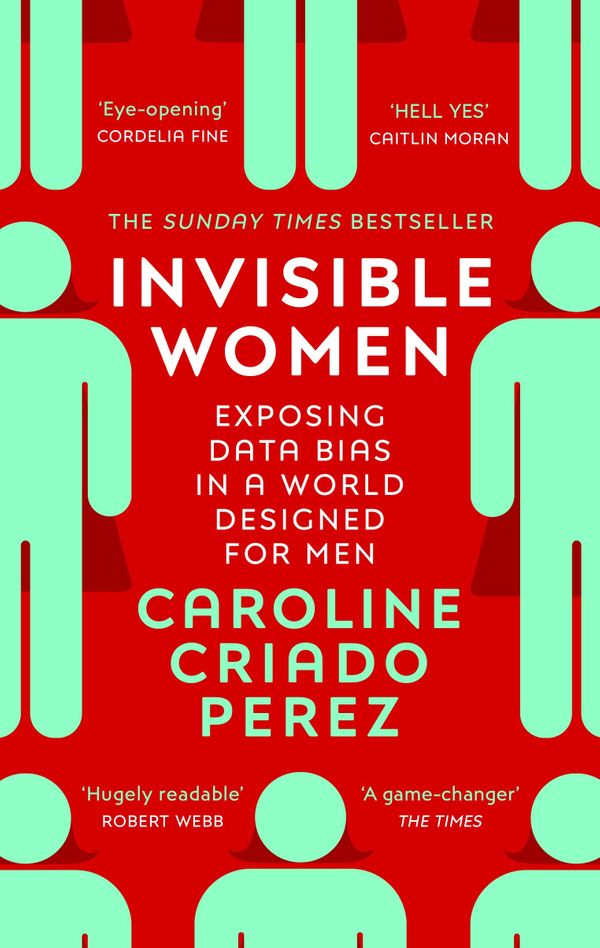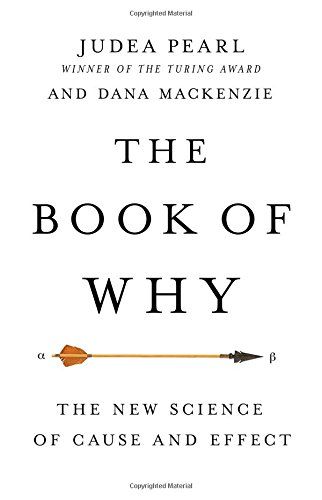By Peter L. Bernstein (1996)
Pages: 337, Final verdict: Great-read
How certain can we be of future events? Against the Gods: The Remarkable Story of Risk answers the question by following the path of handling uncertainty from ancient times to modern risk management.
Written in 1996 by the American finance scholar and investment manager Peter L. Bernstein, this book is built around the idea that risk management only became a possibility once people were free to think that it was not the Gods who were controlling their future.
Without the laws of probability
Ever since the beginning of time, man has tried to find an explanation for the events around him. However, for a very long time, the explanations relied on the will of the Gods. It was not until the 17th century that the laws of probability were developed and that has as much to do with mathematical obstacles as with a barrier around the concept of the unknown.
Bernstein argues that ancient civilizations perceived the future only as a matter of luck. With their democracy, the Greeks might have been the closest people to developing probability theory, but they had to work with an inadequate numbering system (they didn't have the concept of 0).
Against the Gods presents a sequence of chronological advancements in probability theory, each chapter dedicated to one particular achievement or mathematician. Here is a short summary of the main events:
- 1202 - Fibonacci publishes Liber Abaci, a book in which he introduces in Europe the arab-hindu numerals we all use today. Using this numbering system was a huge improvement over the prevalent Roman and Greek numbers/letters.
- 16th century - Gerolamo Cardano, a Renaissance gambler interested in maths wrote Liber de Ludo Aleae, where probabilities are for the first time used (to calculate the possible outcomes of a throw of a pair of dice).
- 1650s - The famous mathematicians Pascal and Fermat establish a cornerstone concept in probability theory: the expected value of a result is measured by the number of events whose outcome is this result, divided by the number of total possible events.
- 1713 - Jacob Bernoulli proves the Law of Large Numbers and introduces for the first time the concept of a jar filled with black and white pebbles as a theoretical device, which would be used by mathematicians up to our days to explain probability distributions.
- 19th century - Gauss, whose home town was spared by Napoleon because "the greatest mathematician of all times" lived there, concluded the work on the theory behind the normal distribution and the concept of independent sampling.
What I found most impressive along this journey on the development of probability theory, was that it first started as a way to get an edge on games of chance, and eventually became a key piece for the insurance industry which blossomed in the 18th century to cover for losses of trading ships.
Risk management in the 20th century
With an established probability theory, man got confident that he could predict future events. But reality is not the same as mathematical abstractions and this confidence was shattered by World War I - the world was more unstable than expected and uncertainty came mainly from the unpredictable way that humans behave.
Bernstein goes on to tell us about the 20th century economists that emerged after WWI. John Maynard Keynes, Frank Knight, von Neumann and his Game Theory, and how their views all opposed each other. This was the time when Probability met Economics.
"Thus, forecasting tools based on nonlinear models (...) are subject to many of the same hurdles that stand in the way of conventional probability theory: the raw material of the model is the data of the past." - Peter L. Bernstein
Indeed, already in the 18th century, Daniel Bernoulli (yes, yet another Bernoulli in this story) had envisioned an ambiguity in decision making with his concept of utility: a gain or loss does not have the same value for everyone.
But why is it that we don't always take rational decisions? The answers came from Daniel Kahneman, Amos Tversky and Richard Thaler between the 1970s and 1990s in what became the new field in economics: behavioural economics.
Lastly, we get introduced to the world of risk management in Finance through Harry Markowitz's portfolio theory and the financial derivatives markets.
So, how did humanity tame uncertainty? We have developed the mathematics that explain the distribution of natural events, we have created an explanation for man's biased decision making and we buy and sell risk through complex financial products. But in truth, we can only be as certain as long as the future resembles the past. And that, is definitely not always the case.
Bottom line
Against the Gods is one of these books that helps you fit known concepts in their historical timeline. There is something great about reading on how an idea developed over the past millennium.
Nevertheless, sometimes it was also difficult to follow all the dates and characters. I also wish that there would be more elaboration on the 20th century developments. I feel like Bernstein tried to tell about so many of the latest developments, that he ended up not going into enough depth in any of them.
Even so, I would definitely recommend Against the Gods for those interested in mathematics and finance, or anyone who likes popular science books.
Further learning:
- Buy the book online.
- Read about the problem of the points which motivated Pascal and Fermat
- Thinking Fast and Slow, one of the most popular books on Behavioural Economics



